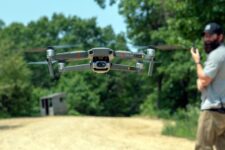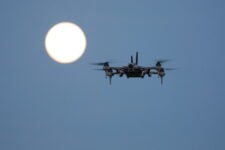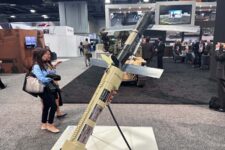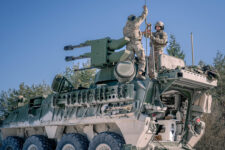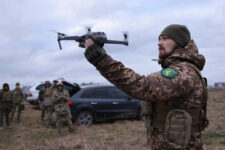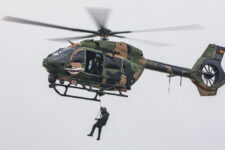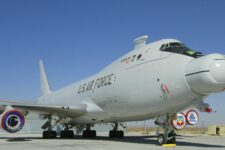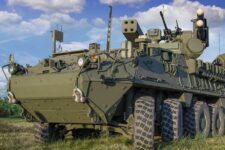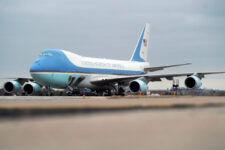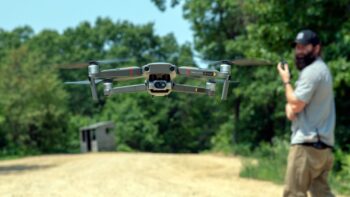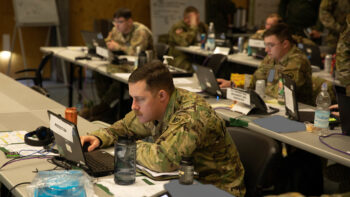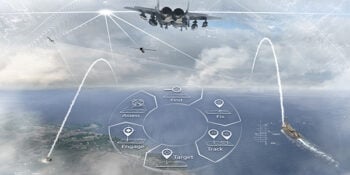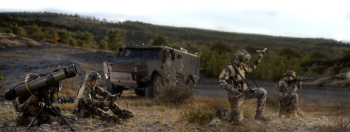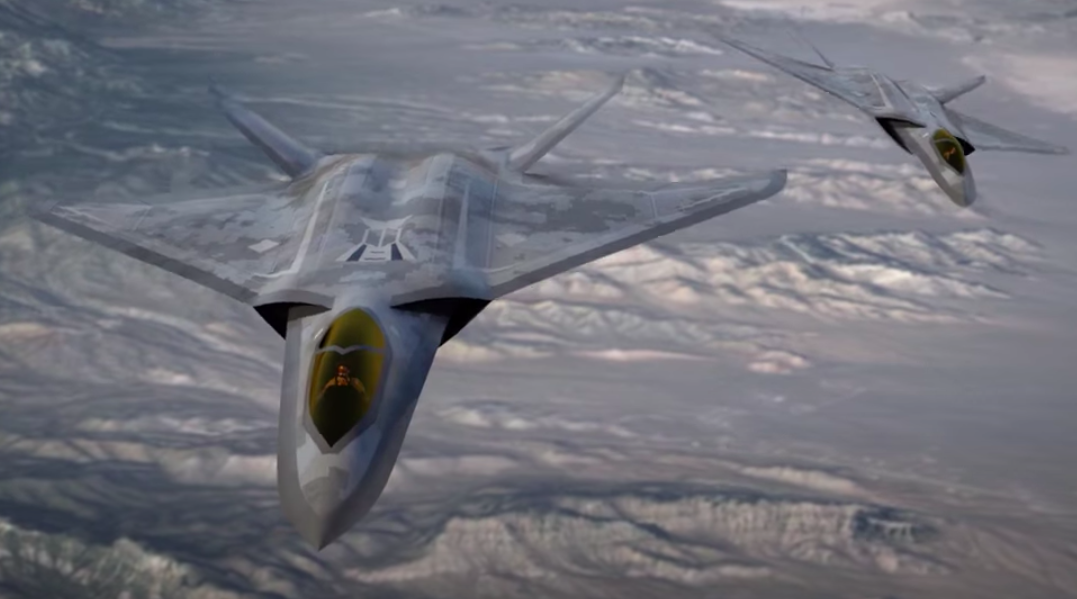
Lockheed Martin Skunk Works concept art of a sixth-generation fighter. (Lockheed Martin)
WASHINGTON — Asked today whether the Air Force still planned to field its future sixth-generation fighter, the service’s top uniformed official appeared to equivocate about the fate of the program — raising questions about whether it’s at risk of being delayed or canceled.
“Well, we’re going to have to make those choices, make those decisions across the landscape,” Air Force Chief of Staff Gen. David Allvin said during an Air & Space Forces Association event today. Allvin had been asked whether competing budget priorities means the service can still field the Next Generation Air Dominance (NGAD) stealth fighter as previously planned or if the program “is going to have to change into something that turns over every couple of years.”
“That’s going to probably play out in the next couple of years — by this ‘26 POM [Program Objective Memorandum] cycle,” he responded. “So that is, those are things in work.”
Asked to clarify Allvin’s remarks, Air Force spokesperson Ann Stefanek told Breaking Defense, “The Department of the Air Force is currently building its FY26 Program Objective Memorandum. Like every year, any resulting decisions will be released as part of the FY26 President’s budget early next year.”
The NGAD fighter is one of the Air Force’s most high-profile programs, a next-gen fighter that Air Force Secretary Frank Kendall last year called a “vital element” of the “family of systems” the service envisioned dominating rival militaries.
The Air Force in May 2023 announced its “intent” to award the NGAD contract this calendar year, stating that a sole vendor would be selected to begin work at the engineering and manufacturing development phase. The competition is believed to be down to Boeing and Lockheed Martin after Northrop Grumman announced its surprise withdrawal from consideration last year.
In the time since, lawmakers have passed the Fiscal Responsibility Act, which capped total defense spending in fiscal years 2024 and 2025, and the costs for the service’s new Sentinel ICBM have soared. Other key priorities like the B-21 Raider are also crowding out the service’s budget as lower, but still stubborn, inflation persists.
Kendall has previously alluded to the service’s myriad budgetary challenges, telling reporters that “tough choices” lay ahead for officials in the FY26 budget. Still, there have been no public indications that NGAD, which has been in the works for a decade and treated as a top priority for the service, may be in trouble.
Planned to replace the F-22 Raptor, the NGAD fighter was envisioned as incorporating cutting-edge stealth, communications and weapons capabilities. The fighter was additionally expected to operate with the service’s forthcoming fleet of drone wingmen dubbed Collaborative Combat Aircraft (CCA).
Last year, Kendall said the service planned a “nominal” initial buy of up to 200 NGAD fighters, as well as 1,000 CCA. The pricetag of the NGAD jet itself is not clear, though Kendall has said it will be expensive, likely amounting to “multiples” of an F-35.
US needs to invest in cheaper long-range drones for Taiwan scenario, report says
“I don’t know if it’s going to be a fair fight,” said Stacie Pettyjohn, director of CNAS’s defense program and one of the authors of the report. “There are a lot of things that are stacked up against the United States when it’s playing an away game.”
